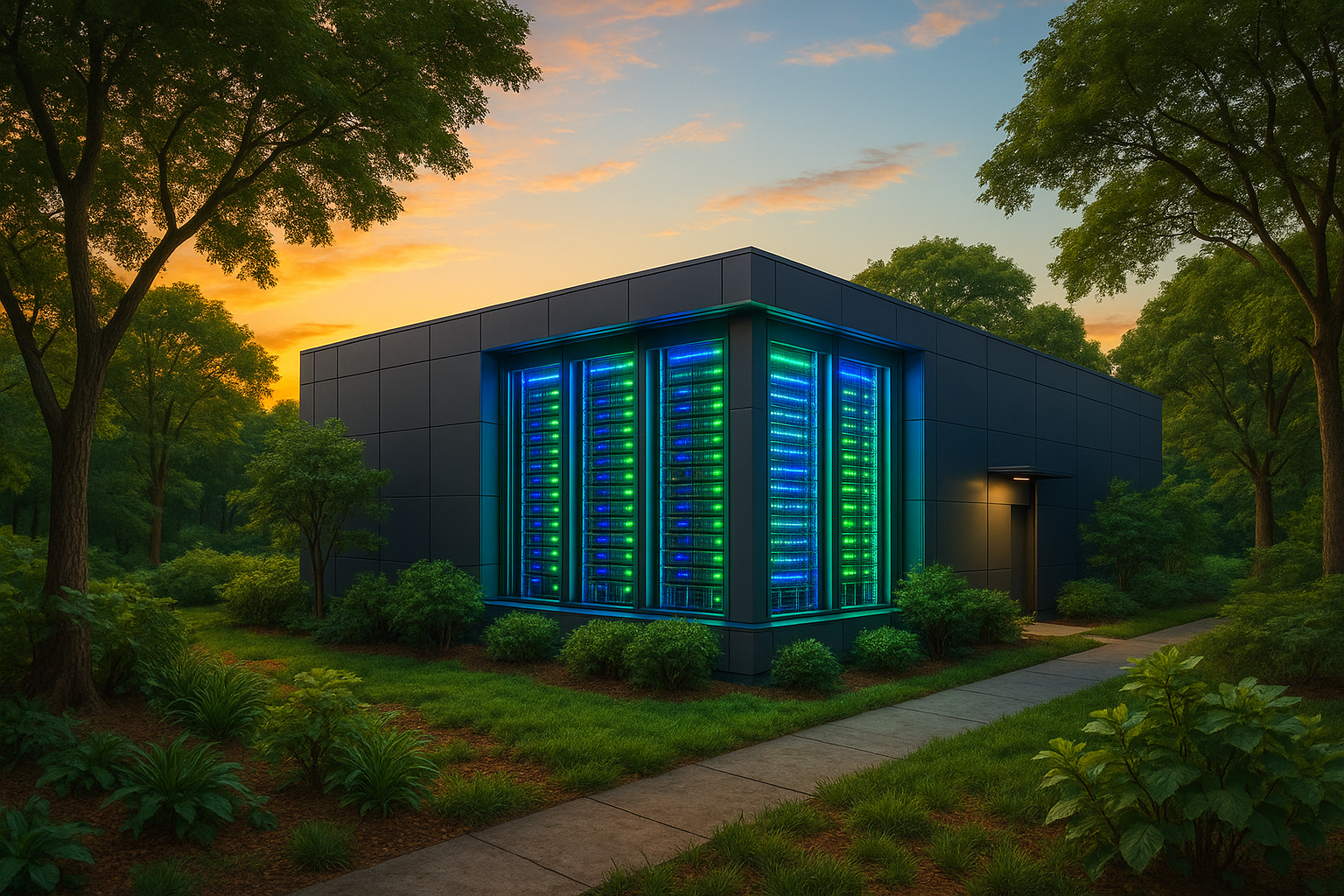Although wireless Internet connection is the predominant way to access the network, the main alternative, Ethernet, continues to work. Not only does it persist, but it is evolving and improving all the time. In turn, experts consider it a more reliable and secure choice than WiFi itself.
The Ethernet Alliance, the world’s leading organization for this type of connection, recently offered its view on Ethernet trends and the near future. In this Befree blog post we summarize them for you.
What is Ethernet?
If you ask your close circle about Ethernet they will probably not know what you are talking about. By clarifying the term and telling them that you mean a wired connection to the Internet they will remember what it is, but they will still prefer their current wireless WiFi connection to the Internet.
Ethernet is a local area network or LAN. It is the most widely used today. A LAN is a network of computers connected in a certain, not very large area. Something like an office or a university.
This connection has existed since the 1970s, and offered a speed of only 10 megabits per second (Mbps). Over time, Ethernet has increased in capacity, so much so that today there are speeds of over 400 gigabytes. It works simply by connecting an specific cable, usually Category 5, to a modem router and a device with an Ethernet port.
Ethernet vs. WiFi
Experts say that, although WiFi is the most common and widespread connection today, Ethernet ports are necessary in devices. The reason is summarized in two main advantages over wireless connection.
The first is signal stability. WiFi signals are transmitted via radio frequencies, and these are very susceptible to interference. In a home, for example, elements such as the microwave, the neighbor’s WiFi signal or the walls are obstacles to your own signal. With Ethernet cable this does not happen, as the speed is transmitted directly from the router to the device.
The second advantage is security. As it is a direct connection, there is no possibility of attacks. A wireless signal is within reach of any user, so it is more exposed to potential dangers.
However, there are also disadvantages. Its installation and maintenance costs are high if placed in a company or university, especially the initial investment. In addition, not all devices include Ethernet ports, and network mobility is obviously limited.
Trends and close future: speed
The two areas where most progress will be made in the future are speed and the integration of IT and OT environments. This was stated by both the Ethernet Alliance and its chairman, Peter Jones: “Ethernet is the most important thing in the world that no one sees.”
Last year, the alliance pointed to a number of developments that support increased Ethernet speeds, including:
- IEEE 802.3cu standard: from 100G and 400G operation over single-mode fiber to 100G per wavelength. The standard is designed to support cost-effective and more energy-efficient single-mode fiber interfaces for 100G and 400G Ethernet, using 100G optical technology to reduce cost and increase density.
- IEEE P802.3ck, 100G, 200G and 400G electrical interfaces: based on 100G signaling, have moved to the ballot phase by the working group. This standard, once completed, is intended to enable 100 Gbps electrical interfaces and support the development of higher density or lower cost electrical interfaces for 100, 200 or 400G Ethernet.
- IEEE P802.3ct standard: with 100G operation over DWDM (dense wavelength division multiplexing) systems, it is completed and under final review before publication. The standard is important for being the first Ethernet specification of coherent DWDM technology that supports 100G connectivity over lengths of at least 80 kilometers. The IEEE P802.3cw standard, 400G with DWDM open operation systems, still in progress, extends the Ethernet specification for coherent DWDM technology to 400G.
Trends and close future: integration
On the other hand, one area that needs to be developed is the integration of traditional TI Ethernet networks with industrial or operational ones. “Historically isolated IT and OT networks have not integrated very effectively, but they need to do so to take advantage of automation, management and other tools,” Jones says.
“If we want Ethernet to succeed we have to bring it to the operators, not make them have to reevaluate their structures to be the same as IT.” Therefore, the ultimate goal is a single-protocol network that meets IT and OT needs.
As a result, automation, building and industrial applications are gradually moving from older fieldbus-style networks to Ethernet. “However, right now those old protocols that are still on the edge of OT networks are a barrier to moving forward,” Jones said.






